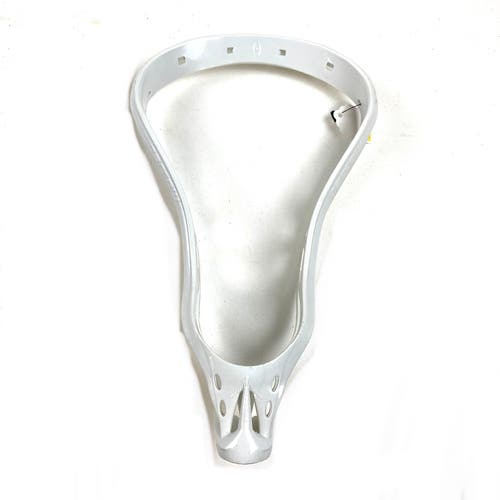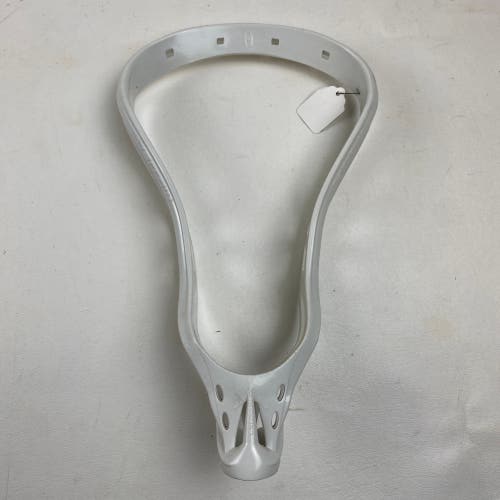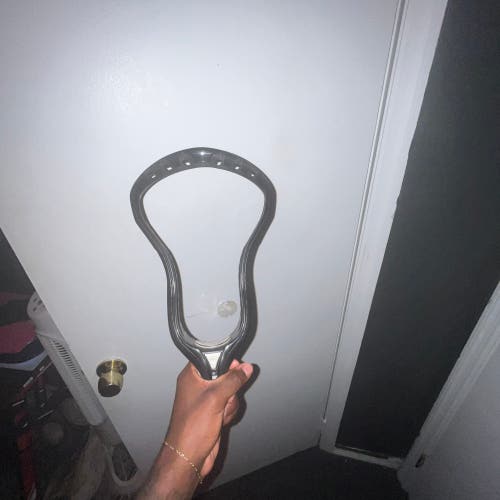Popular Lacrosse Heads
See more Popular Lacrosse Heads
STX Stallion 1K
53 Available

Maverik Tactik 3.0
57 Available
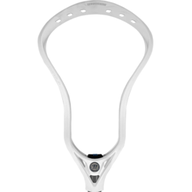
Warrior Evo Qx-O
75 Available

ECD Lacrosse Ion
168 Available

Maverik Optik 3.0
105 Available
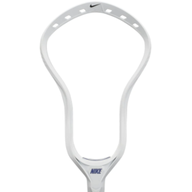
Nike L3
50 Available
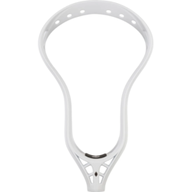
StringKing Mark 2V
88 Available
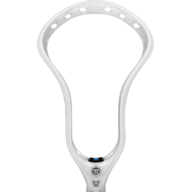
Warrior EVO QX2-O
23 Available

STX Surgeon 1K
51 Available

ECD Lacrosse Mirage 2.0
95 Available
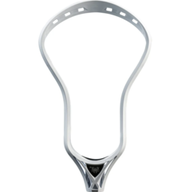
ECD Lacrosse Rebel
81 Available

Maverik Kinetik 2.0
85 Available

Warrior Evo 5
30 Available
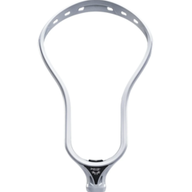
ECD Lacrosse DNA
44 Available

Maverik Tactik 2.0
84 Available

Maverik Kinetik 3.0
56 Available
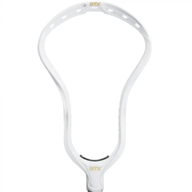
STX Stallion 900
59 Available

STX Ultra Power
39 Available

StringKing Mark 2A
70 Available
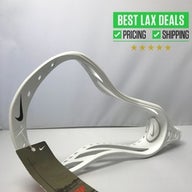
Nike Lakota 2
24 Available

Under Armour Command
79 Available

STX Duel 2
29 Available
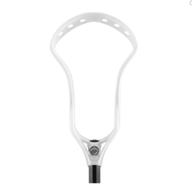
Maverik Kinetik
62 Available

Warrior Burn 2
15 Available

STX Stallion
34 Available

STX Stallion 700
42 Available
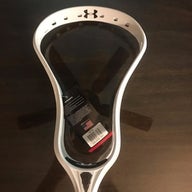
Under Armour Command Low
36 Available
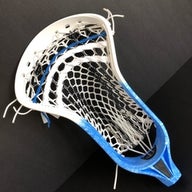
Epoch Z-ONE
40 Available

Maverik Optik
31 Available

True Hzrdus
32 Available

Maverik Centrik
18 Available

Maverik Optik 2.0
40 Available

STX Proton Power
23 Available
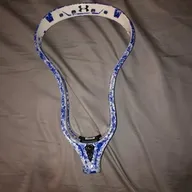
Under Armour Command 2
47 Available

Maverik Charger
11 Available

Epoch Integra Z-One
11 Available

Warrior Rabil
9 Available

STX Stallion Omega
14 Available
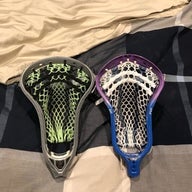
STX Surgeon 700
22 Available

Under Armour Charge
6 Available

Maverik Flight
4 Available

Powell Pioneer
12 Available

Warrior Rabil X
6 Available

STX Stallion U 550
17 Available

Nike vapor pro
8 Available

STX AV8
23 Available
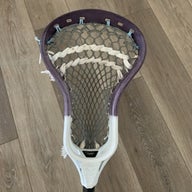
ECD Lacrosse Bravo 1
14 Available

Warrior Burn
26 Available
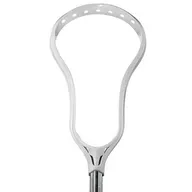
Brine Clutch
7 Available
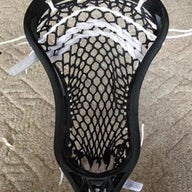
Signature Contract
11 Available
Shop by Brand
Maverik Lacrosse HeadsMaverikSTX Lacrosse HeadsSTXWarrior Lacrosse HeadsWarriorECD Lacrosse HeadsECD LacrosseNike Lacrosse HeadsNikeBrine Lacrosse HeadsBrineEpoch Lacrosse HeadsEpochGait Lacrosse HeadsGaitTrue Lacrosse HeadsTrueAdrenaline Lacrosse HeadsAdrenalineHarrow Lacrosse HeadsHarrowAdidas Lacrosse HeadsAdidasCascade Lacrosse HeadsCascadedeBeer Lacrosse HeadsdeBeerEaston Lacrosse HeadsEastonReebok Lacrosse HeadsReebokHEAD Lacrosse HeadsHEAD
556 Results
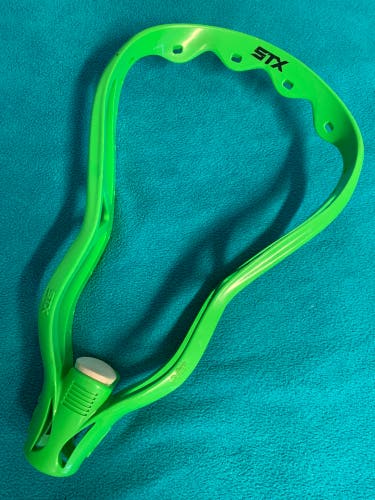
richiem

colemanhopkins5

GroundballGear

baalfaro
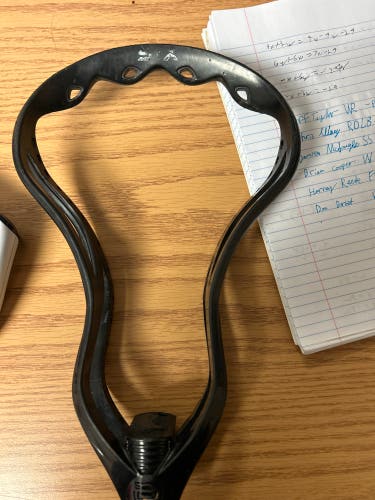
DavidLF7
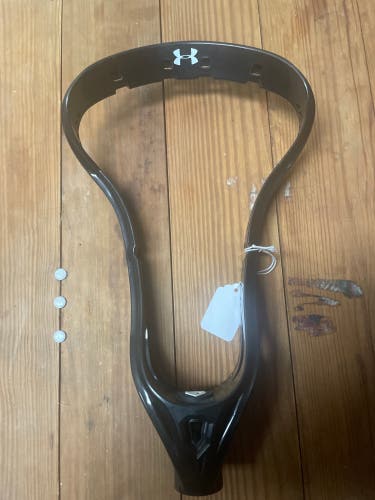
StOngeeee

noahd7

peterkraemer
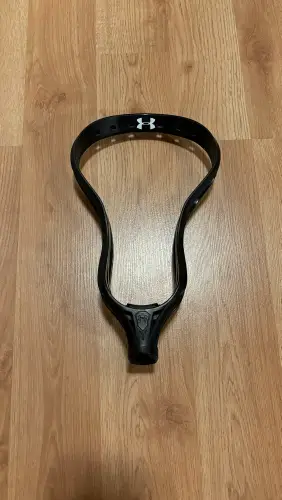
s_leuthner
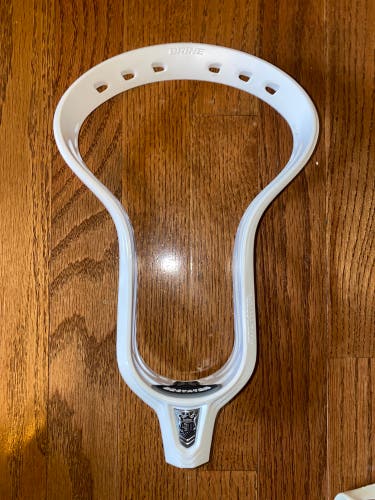
ajmallard3
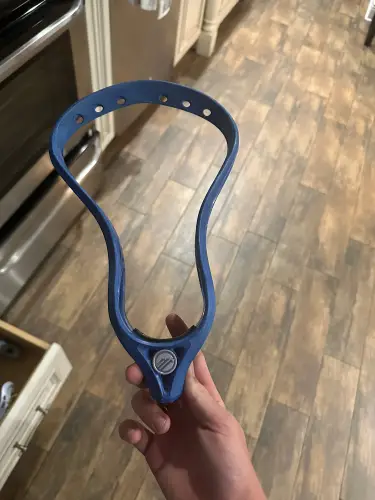
brayden_evans
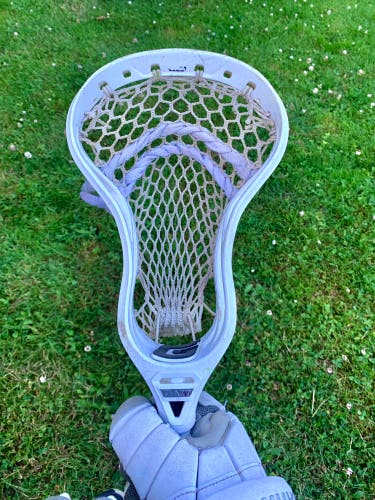
PPhixe41
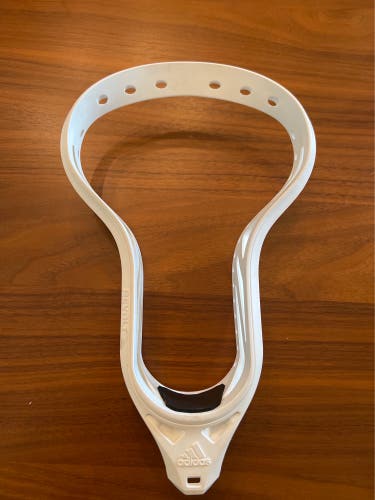
fiestastrings
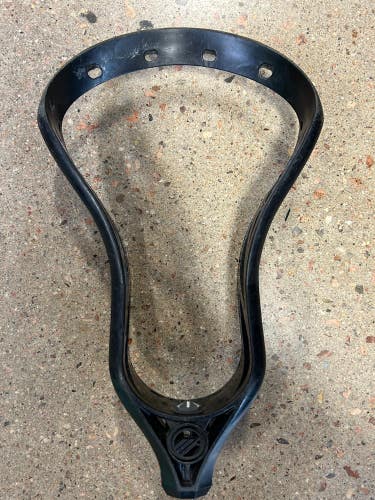
Redi

ajgab

910lax
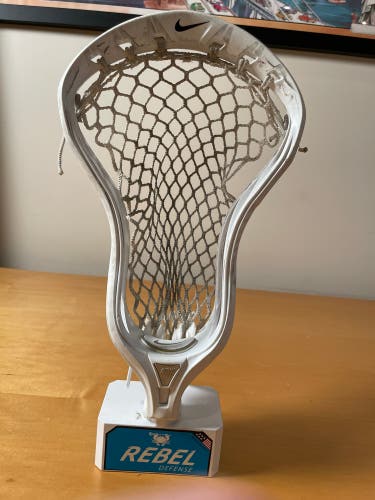
groundballs
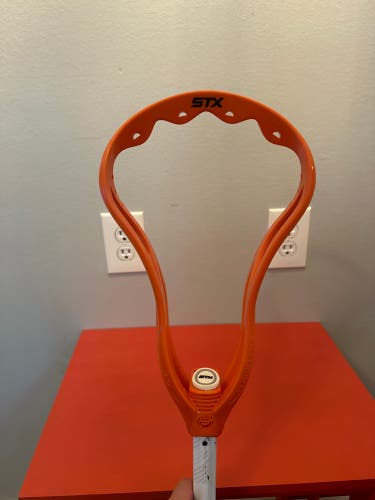
jpjacksonn4

emccollum
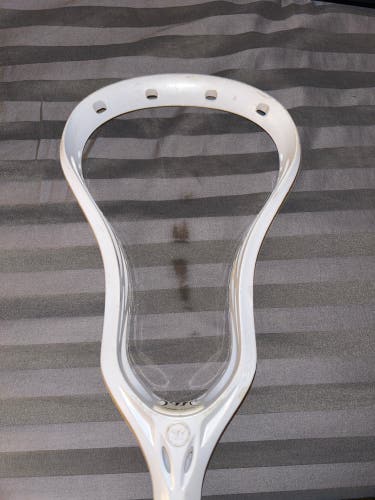
Beckettf12

jamesrost
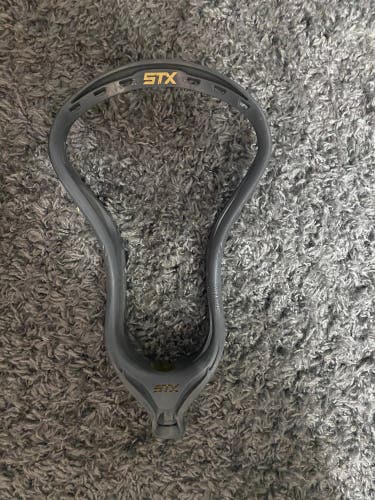
begonia29

theller13
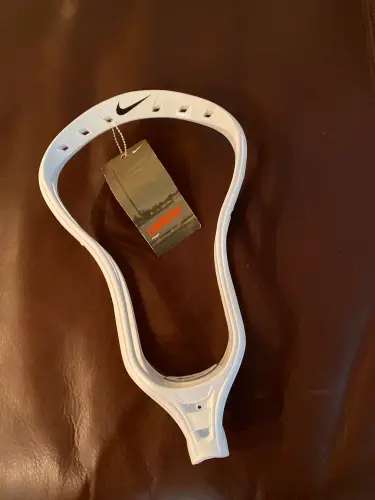
rmichael
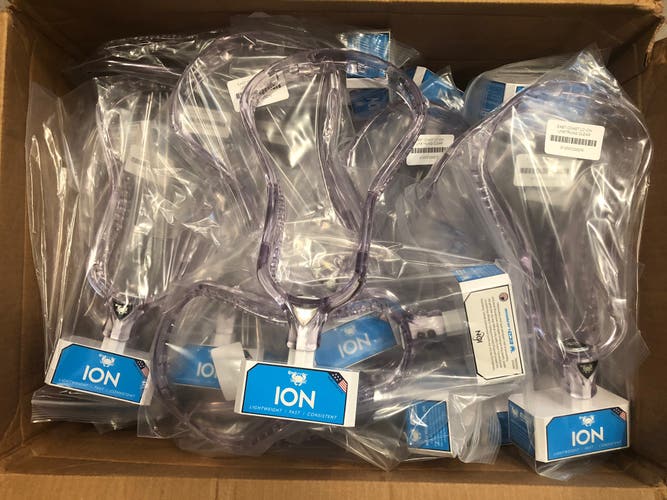
hbushnell23

Alex_Schatz16
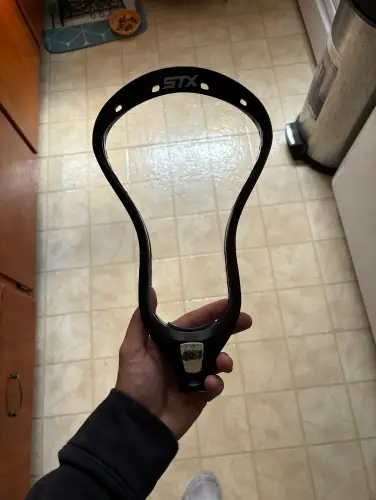
stepheng999
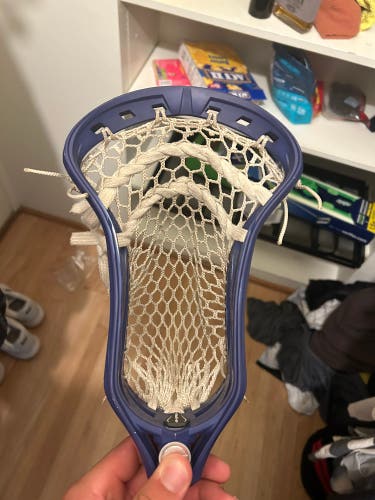
drlightning21
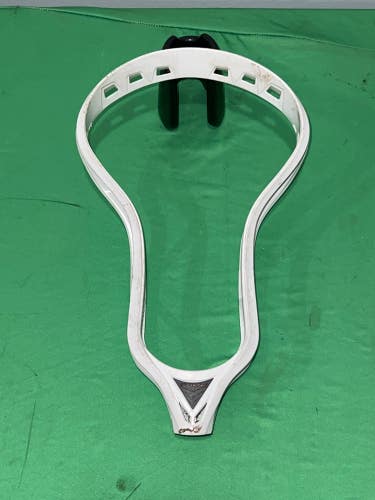
blowout_bargains
